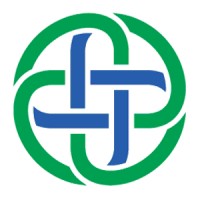
Trinity Health
Trinity Health is one of the largest not-for-profit, Catholic health care systems in the nation. It is a family of 123,000 colleagues and nearly 27,000 physicians and clinicians caring for diverse communities across 26 states. Nationally recognized for care and experience, the Trinity Health system includes 88 hospitals, 135 continuing care locations, the second largest PACE program in the country, 136 urgent care locations and many other health and well-being services. Based in Livonia, Michigan, its annual operating revenue is $21.5 billion with $1.4 billion returned to its communities in the form of charity care and other community benefit programs.






